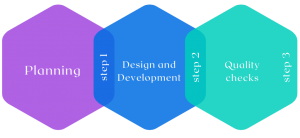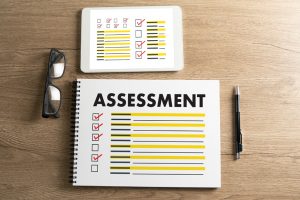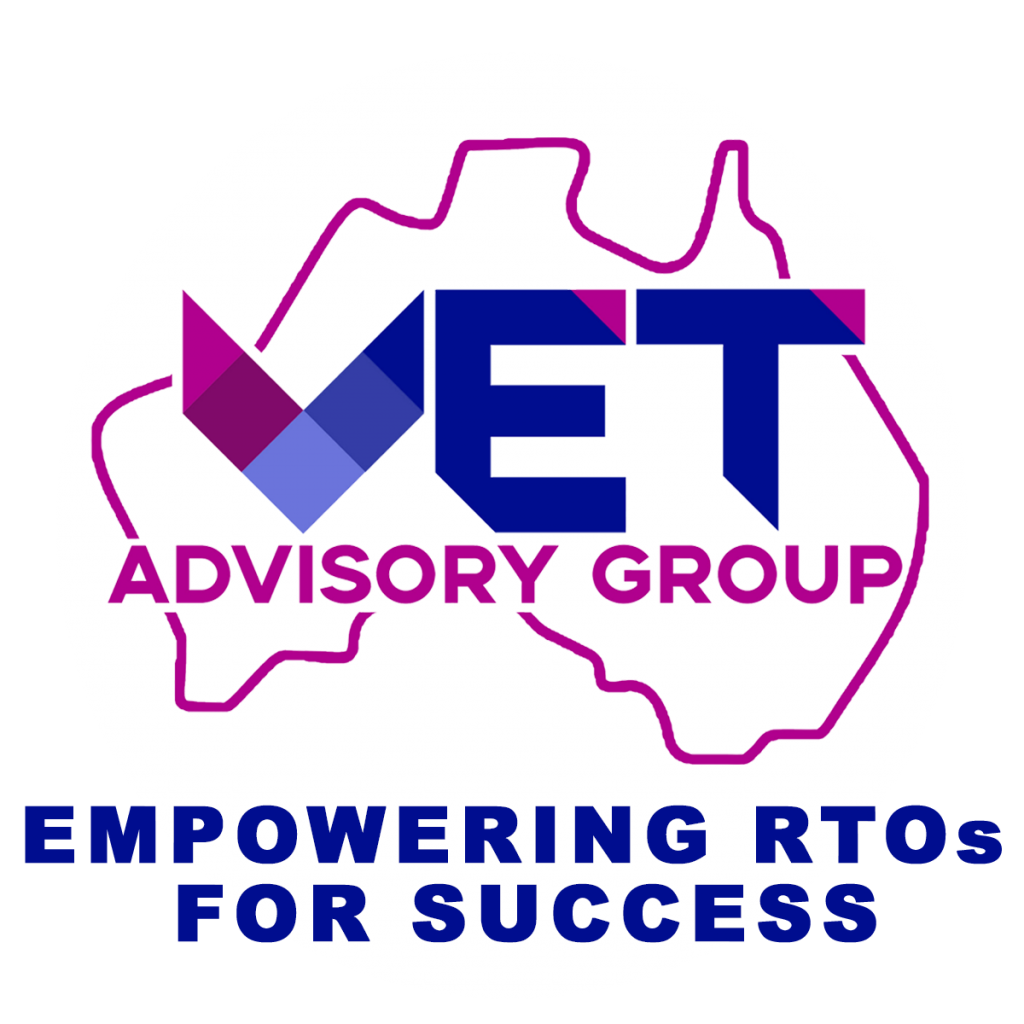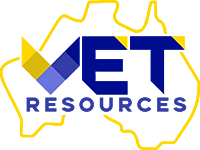

At VET Advisory Group, we have created this Ultimate Guide to Developing Effective Assessment Tools to help Registered Training Organisations and their assessors create appropriate assessment tools. This guide is an essential document designed to ensure suitable quality assurance processes are in place to protect the welfare of students and uphold the accountability of Vocational Education and Training (VET).
This Guide provides information on developing effective, contextually relevant and well-structured assessment tools for both theoretical and practical assessments.
It includes step-by-step guidance about critical elements such as assessment validation processes, legal compliance principles, record-keeping requirements, and the use of authentic evidence. It’s important that all related parties understand how good practice applies across all areas including administration, design, delivery, recording outcomes and many more.
By unlocking this Guide to Developing Assessment Tools we can educate assessors on best practices when creating assessment tools which will result in high standards for VET programs.
There are mainly three steps in developing assessment tools:

- Planning
- Design and Development
- Quality checks

Step 1: Planning
Planning for assessments is crucial for confirming a learner’s skills and knowledge to perform a task. As the final stage of learning, RTOs must consider how learners will be evaluated.
The RTOs need to consider how a learner will:
- Demonstrate the task
- Know what is required to complete the task and why it’s important.
- Demonstrate that they can perform the task in various contexts and environments.
To ensure competency, RTOs must analyse the training package or accredited course components. All requirements must be met and this may require multiple assessment methods.
Several instruments can be utilised to evaluate a learner’s competence for the given criteria. These methods vary in their approach and can include multiple options, such as:
- Observation checklist – To assess the learner’s performance, check if they followed instructions. Ensure that they understand and comply with all necessary safety requirements. Evaluate whether the learner selects the correct tools for each task.
- Oral questioning – To determine if the learner comprehends the task, oral questioning may be necessary.
- Written questioning – It’s important to assess if the learner can articulate their reasoning clearly.
- Multiple choice questioning – Multiple choice questioning can be used to gauge if the learner can select the correct response from a set of options.
Step 2: Design and Development
The design and implementation of an effective assessment tool is an important part of any education system. This tool must be able to ensure that any assessments conducted are reliable, valid, flexible, and fair for all involved. When making a successful assessment tool, certain components should be addressed.
The components of this tool include:
- Context and conditions of assessment
- The task given to the student
- An outline of evidence to be collected
- Evidence criteria to judge performance
- Administration, recording, and reporting requirements.
Development process:
- Determine the Assessment Context
The first step in developing effective assessment tools is to determine the context in which the assessment will be conducted. This includes identifying the qualifications, units of competency, and assessment requirements that need to be met. It is essential to have a clear understanding of the assessment context before proceeding with the development of assessment tools.
- Develop Assessment Instruments
Assessment instruments are the tools used to gather evidence to demonstrate that a learner has achieved the required learning outcomes. Assessment instruments can take various forms, including written tests, practical demonstrations, observations, and projects. ASQA recommends that RTOs develop a range of assessment instruments to ensure that learners have the opportunity to demonstrate their knowledge and skills in different ways.
- Develop Assessment Tasks
Assessment tasks are the specific activities that learners must undertake to demonstrate their competence. ASQA recommends that assessment tasks be developed based on the assessment instruments and the assessment context. Assessment tasks should be relevant and appropriate to the qualification, the unit of competency, and the learner’s needs.
- Develop Assessment Instructions
Assessment instructions provide learners with clear guidance on what is expected of them during the assessment. Assessment instructions should include information on the assessment context, assessment instruments, assessment tasks, and the criteria used to assess competence. Clear and concise assessment instructions are essential to ensure that learners understand what is expected of them during the assessment.
- Develop Assessment Criteria
Assessment criteria are the standards used to assess whether a learner has demonstrated the required competence. Assessment criteria should be based on the unit of competency and the assessment context. ASQA recommends that RTOs develop clear and measurable assessment criteria to ensure that assessments are fair, valid, and reliable.
What Does Great Assessment Design Look Like?

Good assessment design is a crucial part of ensuring a successful and meaningful learning experience. It involves understanding the performance evidence requirements and creating tasks that appropriately meet these needs.
To ensure learners have an engaging experience, these tasks should be industry relevant and incorporate visual elements whenever possible.
When designing great assessments, start by focusing on the performance evidence requirements first. This will help to determine the types of tasks learners need to complete in order to prove their competency.
Once this is known, look at the performance criteria and knowledge requirements and use this information to create assessment tasks that best match what’s needed. In most cases, practical tasks are necessary for learners to demonstrate their abilities and comprehend the material.
For maximum engagement, pairing visuals with each task can help bring more life into each exam or assessment. Great assessment design does not just focus on whether competency is met – it also considers how enjoyable this process will be for learners as well.
Step 3: Quality Checks

Before administering a new assessment tool, it is critical to undertake quality checks. These checks should ensure that the content of the tool is both accurate and relevant to the workplace at hand.
Typically, this involves:
- Seeking additional consultation with those in the industry who are familiar with the context of the assessment.
- It is also beneficial to review the assessment tools with a group of trainers and assessors, ensuring that everyone has current knowledge and understanding of VET learning and assessment.
- Once confident that these steps have been taken, it is valuable to trial the assessment before applying them to students.
Doing so will help identify any weaknesses or mistakes in an effective manner, without impacting learner performance. When crafting assessments, they must follow all standards set out by ASQA, but they must also be designed while considering performance and evidence criteria throughout as well. By doing so, everyone involved at your RTO can benefit from long-term success.
For further detailed guidance on developing assessment tools refer to ASQA’s Guide for Developing Assessment Tools for full insight into these steps.
Conclusion
Once assessment tools have been developed, they need to be implemented and reviewed regularly to ensure that they remain effective and compliant. The guide recommends that RTOs conduct regular reviews of assessment tools to ensure that they are meeting the requirements of the AQF and the Standards for RTOs.
Developing effective assessment tools is essential to ensure that VET is delivered to the highest quality standards. The ASQA guide provides a step-by-step approach to developing assessment tools that meet the requirements of the AQF and the Standards for RTOs.
RTOs can use this guide to develop assessment tools that are fair, valid, and reliable, and that provide learners with the best possible opportunity to demonstrate their competence.
Suggested Read: ASQA Compliance Simplified: Your Complete Guide to the Annual Declaration on Compliance

